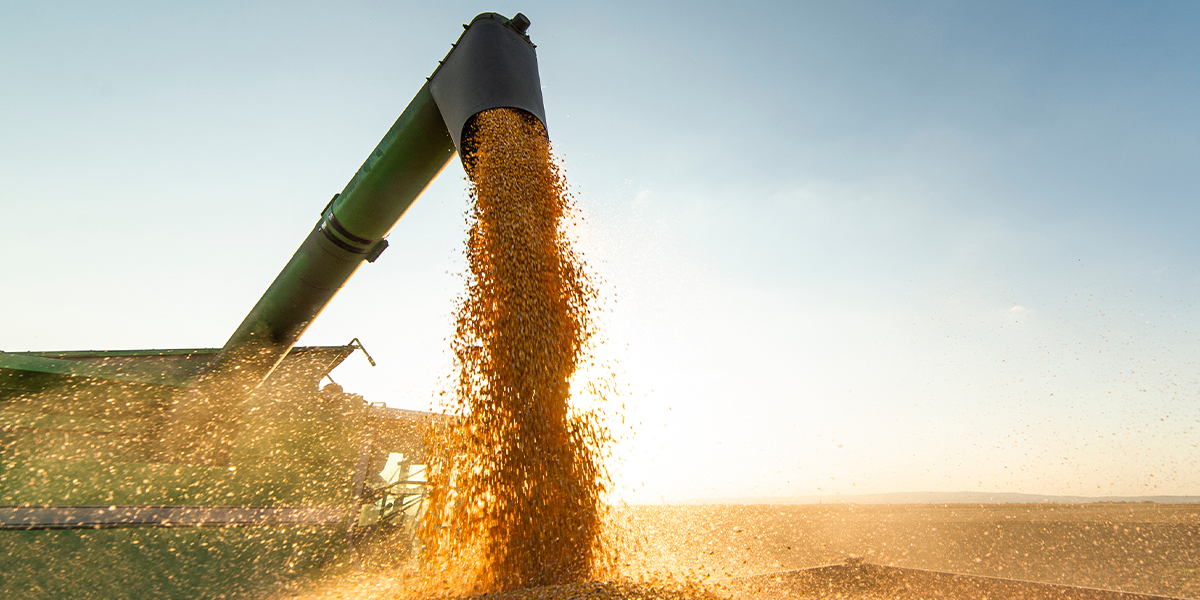
From the time they enter the combine hopper all the way through to the shipping vessels in the Pacific Northwest, the soybeans grown in the northern United States are heading to market cleaner and with less foreign material (FM) than other regions.
According to Seth Naeve, Extension soybean agronomist and professor of agronomy and plant genetics at the University of Minnesota, FM comes from a handful of different sources. The most common form is other crop seed, such as corn or wheat, which comes from using the same trucks and equipment throughout the harvest season. However, it’s also of least concern because it’s not harmful for the end users. Other common forms of FM include soybean pods, damaged soybean hulls, weed seed and gravel or dirt.
Naeve states that FM numbers in the northern U.S. are typically the lowest in the nation for mostly two reasons: the environment in which they are harvested and access to rail and processing.
“In the North, we have an advantage in that we harvest our soybeans dry and store them cool, which reduces opportunity for damage,” said Naeve. “This is very different from the southern U.S. or South America where they tend to be stored wetter and hotter, which provides opportunity for damage, discoloration and fungal infections.”
Because of climate, technology and overall farmer pride, very little FM is actually coming from the farm. In fact, the average FM coming from the farm is just 0.2%, according to quality surveys.
“Step No. 1 is controlling the weeds, which we have an easier time doing so in the north,” said Northern Soy Marketing board member Glenn Groth, who farms in Ridgeway, Minn. “And we also have a good killing frost which makes our beans able to thresh easier and get those stems, debris, and pods blown out the back of the combine and not in the hopper.”
And there’s also a culture of wanting to bring a good quality product to market.
“No one wants to go to the elevator or grain terminal with dirty beans. We take pride in what we do,” Groth said.
For South Dakota farmer and NSM board member David Struck, they take an extra step to avoid FM from making its way to the elevator.
“We screen our beans when they come out of the bin, so we pretty well take everything out before we bring it into town,” said Struck, “The biggest issues with FM tends to come much further down the line.”
Prior to the elevator and the grain bin, the process to reduce FM starts in the field by making the right adjustments on the combine from the concaves to the sieves to fan speed. Struck, who has been farming for more than forty years, said that process has gotten easier over time thanks to technology.
“The fans have gotten way more efficient. We went from cylinder to rotary combines, and everything has been streamlined,” said Struck. “Now you can start out with initial settings already programmed in and can make fine-tooth adjustments from there, as compared to the old days where you were adjusting everything manually.”
As soybeans move through the value chain and into the export market, Naeve says that’s where we typically begin to accumulate FM. Again, the north has as advantage there as well. Soybeans in the northern region tend to be stored, moved and exchanged fewer times because of access to the rail system heading to the PNW, along with proximity to crushing plants.
“Every time we transfer and move soybeans, there’s an opportunity to get mixtures with other crops or other foreign materials to be added,” said Naeve. “The more times they get transferred and shipped, the more likely the FM is to increase.”


